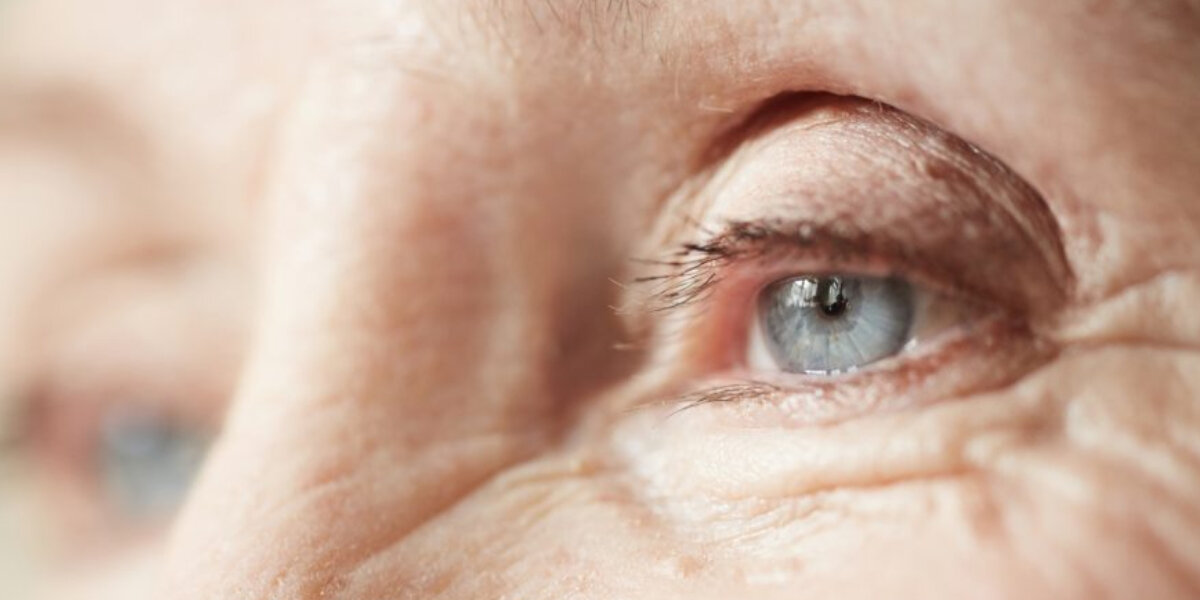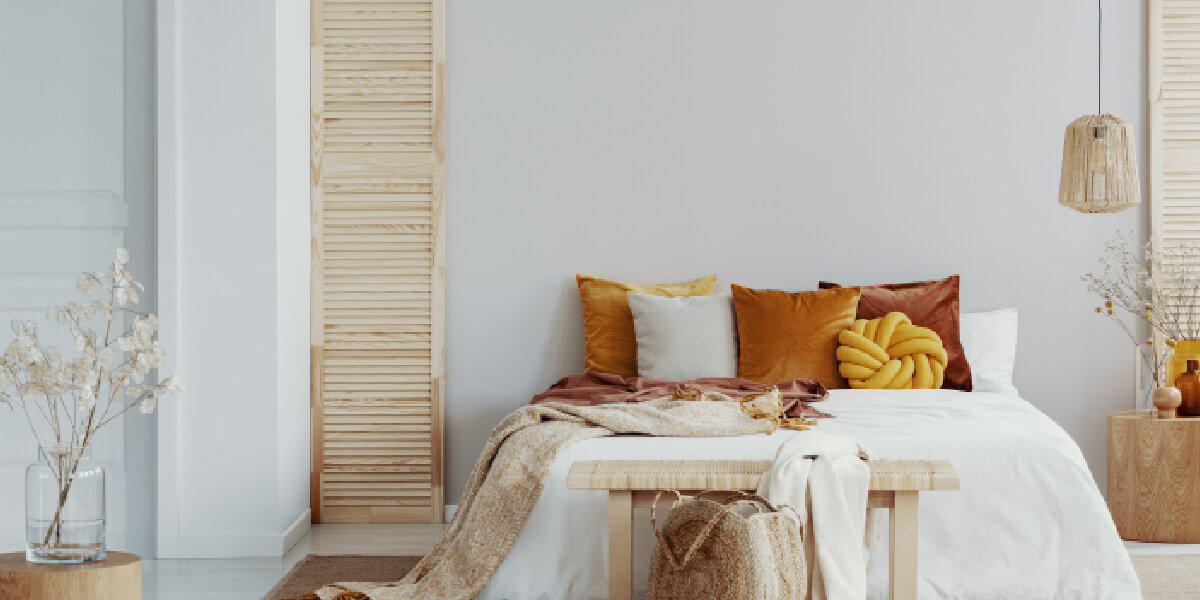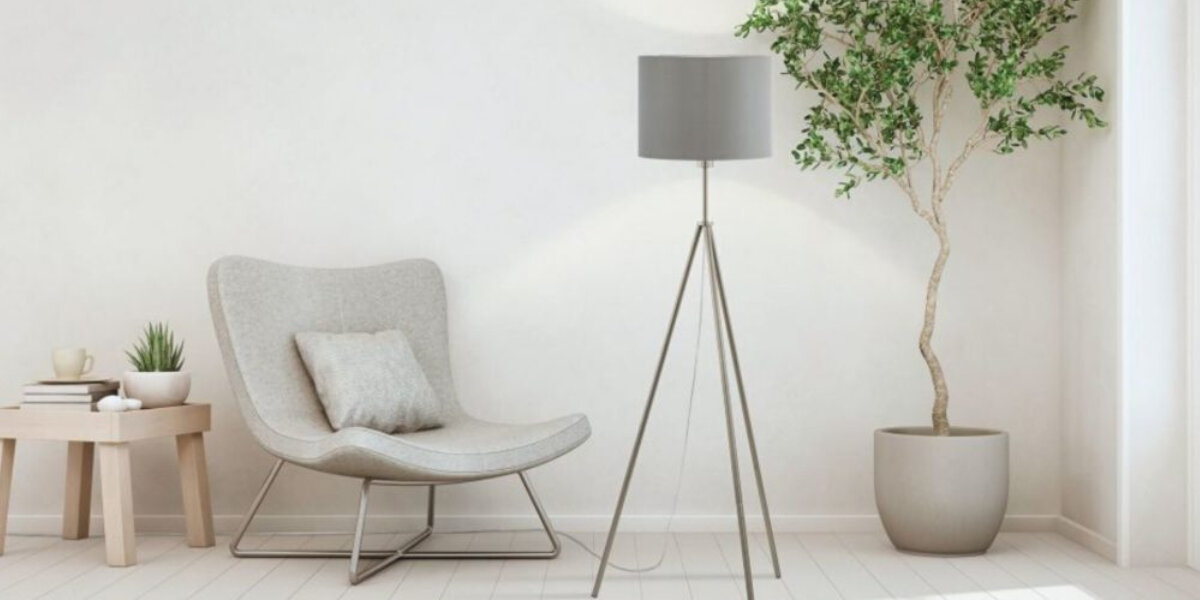RGB colour model: Explanation
Each colour that can be displayed in the RGB colour model is assigned a unique triplet of numbers. In most cases, the so-called TrueColor method is used, which provides each basic colour in 256 gradations and can therefore represent 256³, i.e. more than 16 million different shades; the values from 1 to 256 are used for the number triples in the colour coordinate system (e.g.: 50,250,80). The RGB colour model is used, for example, in commercially available computer screens, whose individual light points are all either red, green or blue, which can no longer be seen in the high-resolution overall image. Technical applications usually change the basic colours, for example the colours on a printed photo look other than on the monitor.
Some Important Colour Spaces
Colour spaces can be illustrated geometrically in various ways, for example as a cube or a bowling pin. In 1931, the International Commission on Illumination defined the CIE colour space based on red, green and blue in order to illustrate human colour vision as clearly and comprehensively as possible. The human eye has its own type of receptor cell for the perception of each of these three colours.
Most colour output devices work with a subset of the colours of the CIE colour space. Well-known versions are sRGB and Adobe RGB (improved matching with CMYK printers). In lighting technology, the CIELUV colour space is primarily used, which achieves a very differentiated colour representation for additive light colour mixing. A total of round 40 different colour spaces are of practical importance, the most extensive of which can reproduce around three quarters of all the hues in the CIE colour space.





